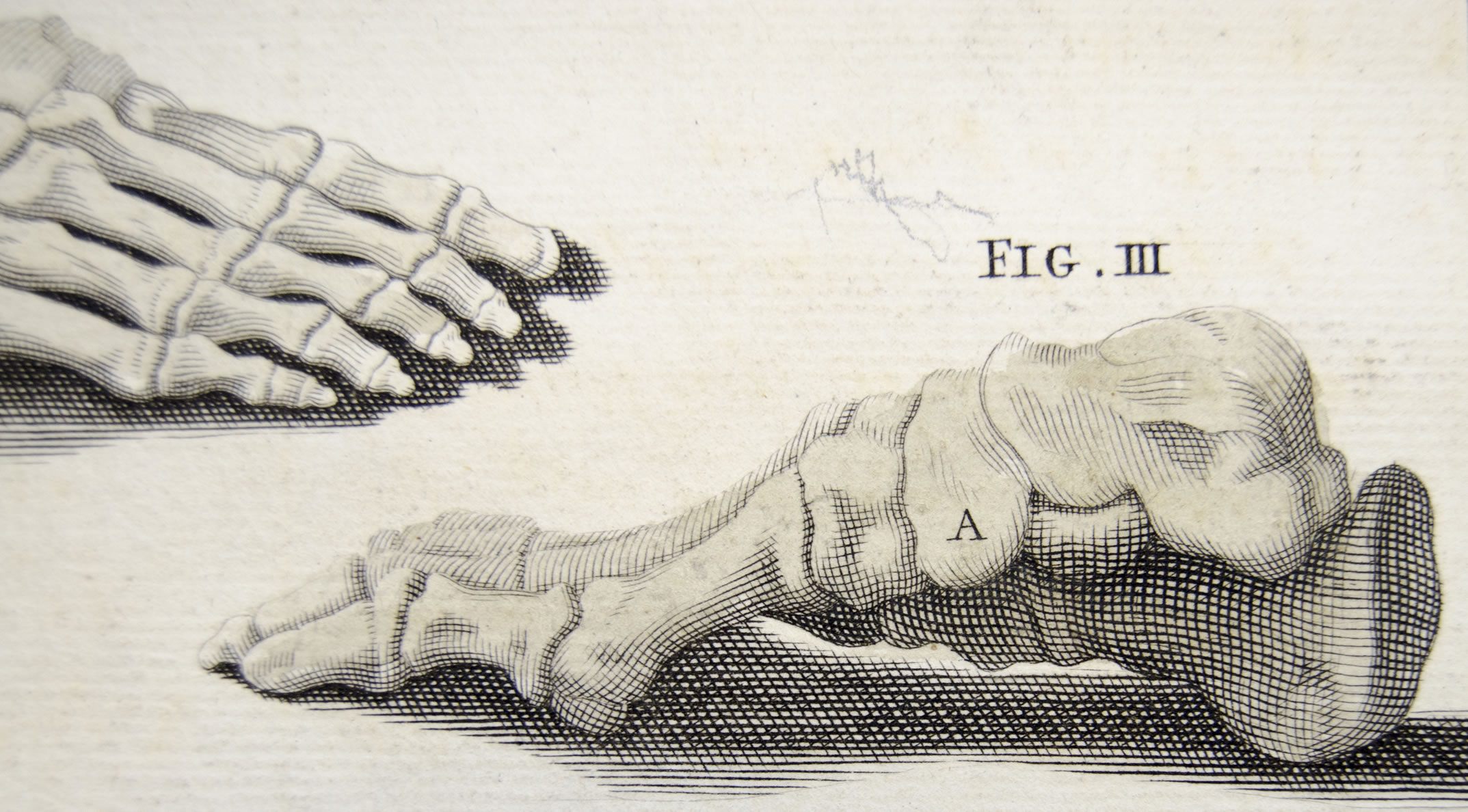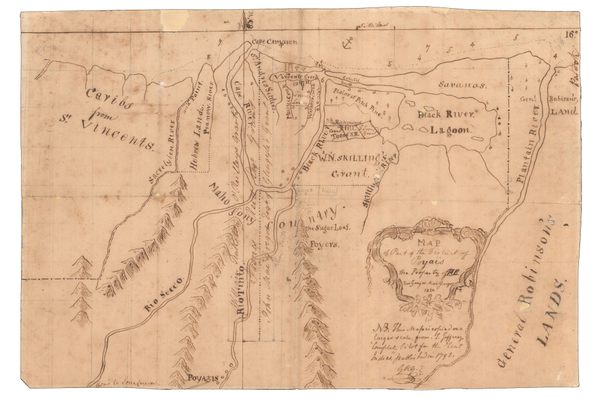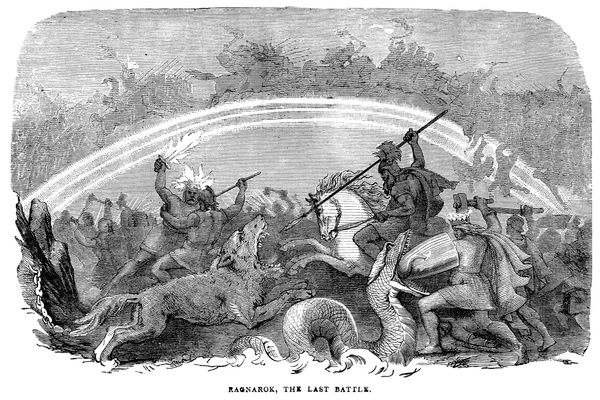Investigation: What Happens When Limbs Turn Up Without a Body Attached?

A human foot (Image: University of Liverpool/Wikipedia)
Not to be gross about it, but limbs that are no longer attached to a body turn up with surprising frequency.
In the most disturbing cases, they are purposefully severed by other people, as when, this summer, police in New Haven, Connecticut, first found two severed legs, then two arms, and finally a torso, all belonging to the same person. But there are other ways limbs can be ”disarticulated” from a body. If a corpse is not found for a long period of time, decay, wild animals, or both might separate limbs from torso. Bodies dropped into the water risk dismemberment by wildlife as well: in 1935 a murder case was opened in Australia when a shark threw up a human arm.
Limbs and bodies can also be separated post-mortem by environmental conditions, which was the case with the 10 feet that washed up in British Columbia from August 2007 to October 2012. Ankle joints are relatively weak, and when a human body is left in the water, the feet sometimes detach from their legs, and, because they’re encased in buoyant sneakers, bob to the surface.
Once, it was relatively difficult to determine who disembodied legs, arms, hands and feet might have once belonged to, and cities designated certain places where they could be buried. But in the past few decades, DNA identification has dramatically improved the abilities of medical examiners and coroners to match limbs with their rightful persons. In fact, it’s now rare that a random limb won’t be linked to its owner.
The fate of limbs, once detached from the body, is a fraught question. How important is a piece of dead flesh to the whole person? In Jewish tradition, any amputated limb should be buried in the person’s future gravesite, so that their body is eventually buried as whole as possible. (The aim, for some Jews, is to have all their parts in the same place when the Messiah comes and resurrects the dead.) Even though it’s not a religious requirement, Christians, too, have sought to have their amputated body parts buried on church grounds (perhaps to keep them from being used in other types of ritual).
For centuries in Europe, some aristocrats had their bodies dismembered after death, in an echo of the practice of separating and distributing the body parts of Christian saints. Galileo’s finger was removed from his hand 95 years after he died, and ended up in a science museum. Chopin’s heart was separated from the rest of his body and buried in Poland. This veneration of limbs occasionally made its way Stateside, as well: Stonewall Jackson’s arm has its own memorial.
Most limbs separated from their bodies are purposefully cut off during surgery. These days, when doctors perform amputations, the limbs are disposed of as medical waste and often cremated. In the past, though, limbs sometimes need a place to rest, and cities designated particular places for them to go.
In New York, for instance, amputated limbs went to Hart Island, a city-administered burial ground that is the final destination for unclaimed bodies. Across the country, cities have certain cemeteries where limbs and other unclaimed human remains are buried: in Chicago, for instance, the Archdiocese donated 300 graves a few years back. Once these sorts of sites would have included crime victims whose bodies or limbs could not be identified. But, increasingly, there’s no need.
When police come into possession of a limb without an owner, the procedure is similar whether it was found in Massachusetts, South Carolina, Idaho or Kentucky. “The first step in the process is to try to identify the source of the limb,” says Lindsay Bosslet, of Washington’s King County. “If an identification is made, we reach out to the family. If not, we will work with law enforcement to search for more remains, and hopefully, find out who the limb belonged to.”
Often, that is possible. At the British Columbia Coroners Service, for instance, the identification unit was able to identify the owners of most of those ten feet that washed up—only two remain unidentified, and they belong to the same person.
Ten years ago, that might not have happened. ”These feet were all identified by DNA,” says Laurel Clegg, the manager of the BC coroner’s Identification and Disaster Response Unit.
It’s only in the past decade or two that DNA identification has become a cheap enough and reliable enough tool to become a mainstay of this type of work. When an incomplete body comes in, for instance, Clegg’s unit takes a DNA sample and keeps it on file, so if the missing part appears, it can be easily reunited with the body. If a body seems a likely match for a missing person, the office will try to collect a sample of that person’s DNA, or of DNA from a family member. But DNA identification isn’t always the default for linking unidentified remains to a missing person. If there’s really strong circumstantial evidence that a body belongs to a particular missing person, “you’re going to go dental first,” says Clegg.
All this means that limbs rarely need a special resting place. “We really try not to bury them,” Clegg says. Often, unidentified limbs are already skeletal when they reach Clegg’s office—just a bone—and in that case, they’re put in long-term, secure storage. If the remains are not skeletal, the coroner’s office does have a plot where they can be buried temporarily, but still accessed if the investigators come across new information.
Unlike medically amputated limbs, the limbs that end up with medical examiners are rarely cremated. In part, this is because the science of identification is changing so fast. “We do not cremate any remains that are unidentified,” says Frank Shuftan, a spokesman for the Cook County Medical Examiner’s Office. “The Medical Examiner believes that with the consistent advances being made in forensic science it may someday be possible to identify these remains and reunite them with families.”
That’s already happening for old cases. “Our earliest case right now is 1962,” says Clegg. “We’re going back to these cases, and we’re revisiting it because we have tools they didn’t have then. If they had DNA identification, these cases would have been solvable.”












Follow us on Twitter to get the latest on the world's hidden wonders.
Like us on Facebook to get the latest on the world's hidden wonders.
Follow us on Twitter Like us on Facebook